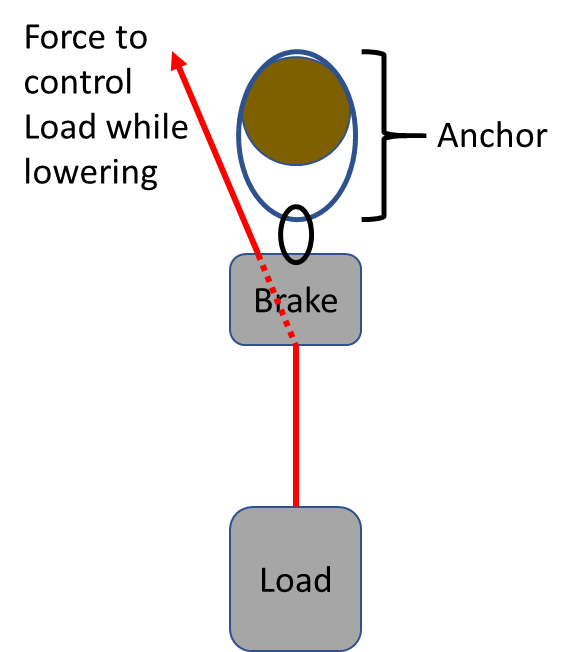Evacuation of a patient from technical terrain is one of the team’s most dangerous activities. The utmost attention to safety is paid at every step of an evacuation, whether it is a training session or a mission. None of the techniques or systems can be mastered by reading alone, but reading will acquaint you with the terminology and ideas behind the techniques.
In general, the mountain rescue community strives to operate with at least a 4:1 factor of safety in rescue systems. Some groups believe in a factor of safety as high as 15:1, and there is much debate as to the best figure and the means of calculating the factor of safety. The most likely causes of system failure have little to do with the static factor of safety and much more to do with shock loads, sharp rock edges on tensioned ropes, and rockfall.
Helmets, harnesses, eye protection and rope handling gloves must be worn during any kind of technical evacuation. A good rule of thumb is that if the ropes come out, the helmets go on. Of course, other considerations may dictate the use of helmets whether ropes are used or not.
A rescue system is generally made up of an anchor, a brake and/or an uphaul system, and a load.
- The anchor supports the entire system. It may be a tree or rock with a rope around it, a rope attached to a vehicle, or other options.
- A brake is used if the load needs to go down a slope. It provides friction that reduces the force required to control (or hold) the load so it is manageable by one person (the brakeman).
- An uphaul system is used if the load needs to go up a slope. It usually provides some mechanical advantage that reduces the force required to raise the load so it can be raised with a reasonable number of people pulling on the rope (the haul team).
- The load is typically a litter with a patient and litter bearers attached, but it may be just a single person or other possibilities.




